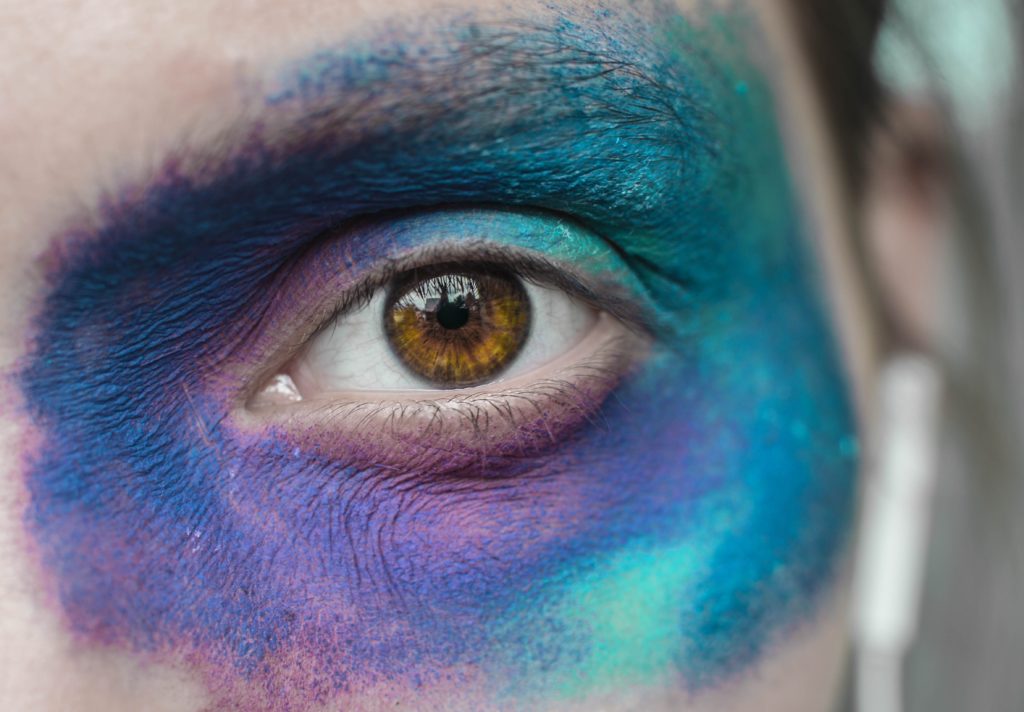The Science of Color Vision: How Do We Perceive Colors?
Have you ever wondered why the world looks so vibrant and colorful to us? The answer lies in color vision, a process that helps us perceive colors by interpreting the light reflected off of objects. In this article, we’ll take a look at how our eyes identify colors and how they allow us to experience the world around us.
To understand the color vision, let’s start with the basics. Our eyes are equipped with two types of photoreceptors, called rods and cones. Rods detect shadows and shapes, whereas cones are responsible for detecting color. Each cone contains one of three light-sensitive pigments – red, green, or blue – that enable it to interpret different wavelengths of light. When these pigments come into contact with a certain wavelength of light, they send signals down the optic nerve to our brains so that we can interpret different shades and hues as “color”.
The most fascinating part of this process is a chromatic adaptation, which is our brain’s ability to adjust its perception of colors based on our environment. For example, under bright sunlight, we may interpret blue as more vivid than we do under dim lighting because of how our cones absorb different wavelengths in different environments. Similarly, when we move from a brightly lit area to a dark area our eyes will adjust quickly so that we can still discern shapes and objects around us despite the low visibility.

Color vision also affects how we perceive depth and perspective in an image. The human eye typically perceives warmer tones—such as oranges and reds—as being closer to the viewer than cooler tones like blues and greens which are perceived as farther away from the viewer. This phenomenon happens due to something called aerial perspective where distant objects appear lighter or bluer than those near the foreground due to atmospheric haze or other obstructions such as fog or dust particles blocking out the shorter wavelength light from reaching us. Artists often take advantage of this phenomenon by adding cooler shades toward the backplanes of their artwork in order to give it greater depth perception.
Overall, color vision is an incredibly complex system that enables humans to interact with their surroundings effectively every day. Whether it’s helping you find your way through a darkened room or recognizing a traffic signal, our eyes’ ability to distinctively recognize color has become fundamental for everyday life.
One of the most important applications of color vision is in the field of chromatic aberration correction. Chromatic aberration occurs when different colors of light pass through a lens or reflect off a surface differently, resulting in an image with inaccurate colors. To correct this, special lenses called apochromatic are developed which can correct for chromatic aberration without distorting the object’s shape. These lenses are used for microscopy and telescope observations, helping to make sure that scientists get accurate results from their observations.
Another application of color vision is its use in medical diagnostics. Doctors use color vision tests to determine if a patient has any abnormal eye diseases or issues with their vision. By testing how well they distinguish between different colors, doctors can detect potential problems and treat them accordingly.
Finally, color vision also plays an important role in digital media such as photography and cinematography. Digital cameras record light intensity data as RGB values (red green blue ) which are then interpreted by our eyes as hues and shades within photographs or videos. By understanding how our eyes perceive color, photographers can manipulate light to create stunning images and cinematographers can create movies with amazing depth and clarity.
Color vision is truly amazing, allowing us to interpret the world around us in vivid detail. From art to science, from medicine to digital media, we rely on our ability to see vibrant colors every day.
Here’s a list of professions that greatly depends on a color vision for their job
- Photographer
- Cinematographer
- Medical professionals (ophthalmologists, optometrists)
- Scientists (astronomers, microscopists)
- Artist
- Tattoo artist
- Makeup artist
- Interior designer
- Painter
- Graphic designer
Color is one of the most powerful tools we have to express our creativity, whether it’s in photography, cinematography, science and medicine, art, or any of the above professions. Color can be used to capture awe-inspiring images, diagnose complex diseases, explore distant galaxies and microscopes, and create beautiful works of art and design; the possibilities are truly endless. Through carefully managed use of color, we can achieve incredible things and leave a lasting impact on the world around us.